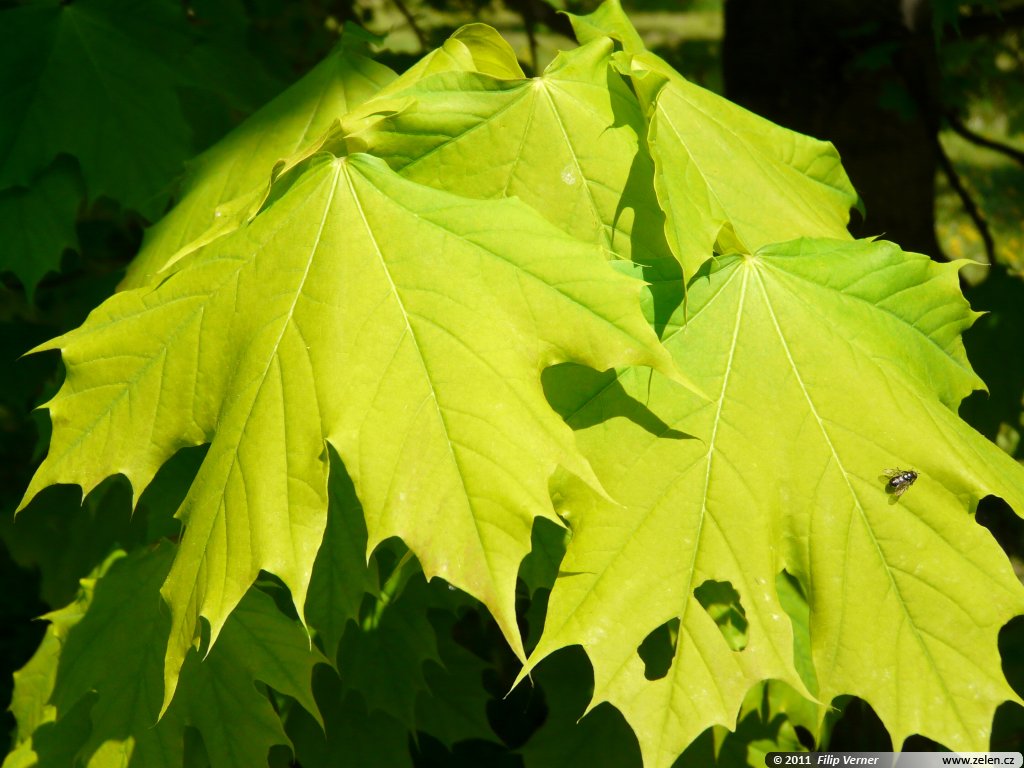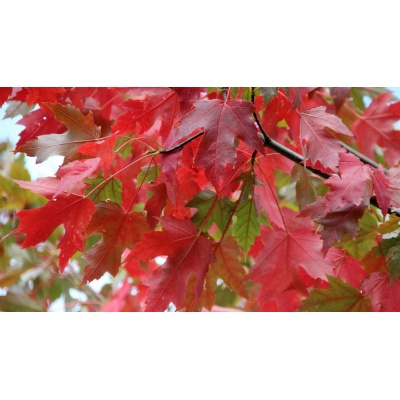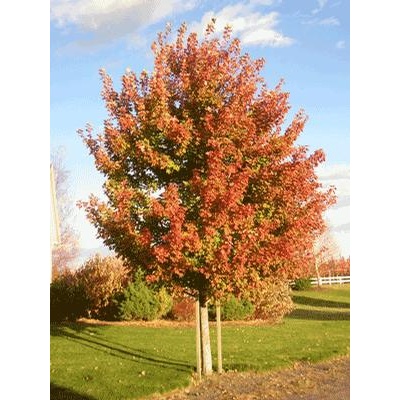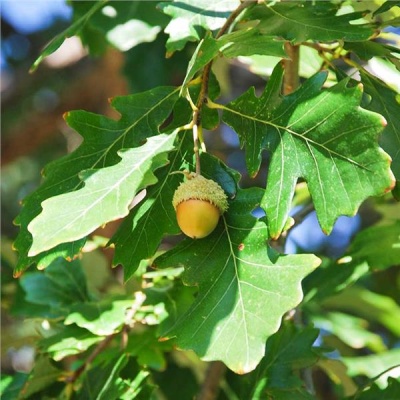Description
 Acer platanoides ‘Columnare’
Acer platanoides ‘Columnare’
Columnar Norway Maple
Moderate growth rate maple with narrow columnar habit. Attractive dark green lobed foliage turns bright yellow in fall. Drought tolerant and adaptable to city growing conditions. Excellent specimen for formal gardens, screen, and street use.
Water Needs: Moderate
Foliage Color: Green
Flower Attributes: Showy Flowers
Landscape Uses: Specimen
Garden Styles: Modern, Traditional
Light Needs: Full Sun
Plant Types: Tree
Height: 30-40′
Spread: 10-20′
Flower Colors: Green, Yellow
Flower Seasons: Spring
Special Features: Fall Color
Growth Habits: Narrow
Cold Hardiness: Zone 4Top of Form




Reviews
There are no reviews yet.